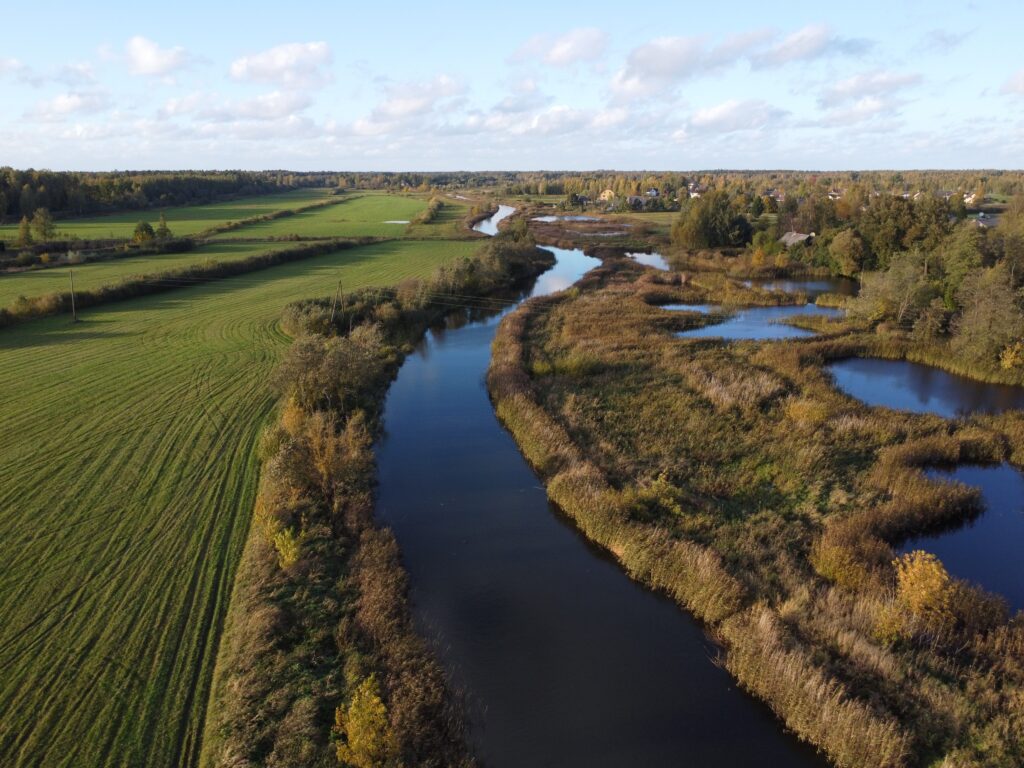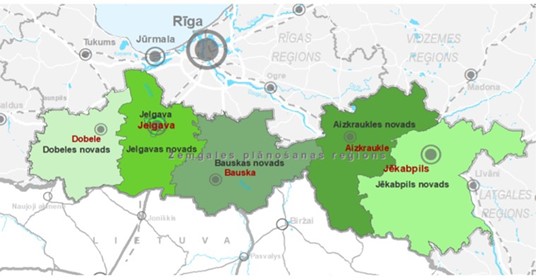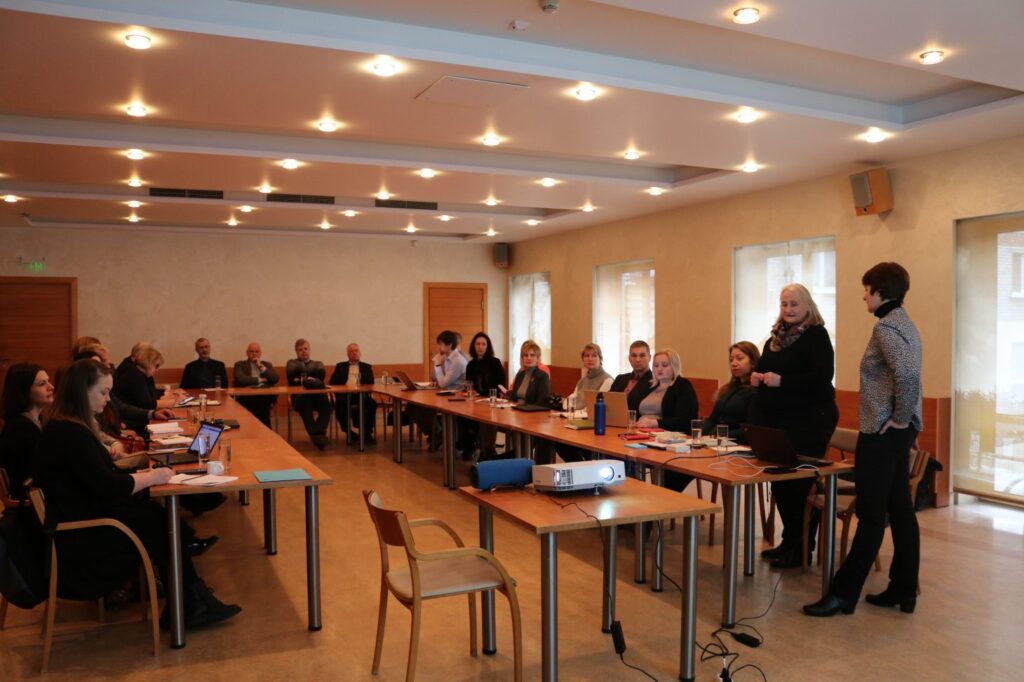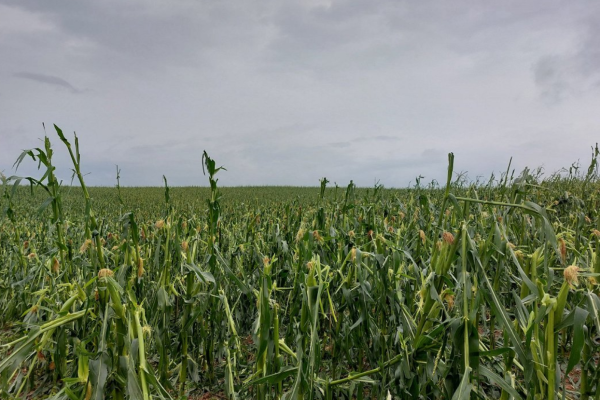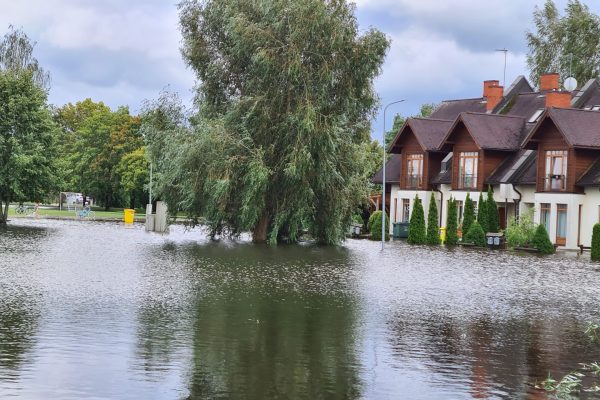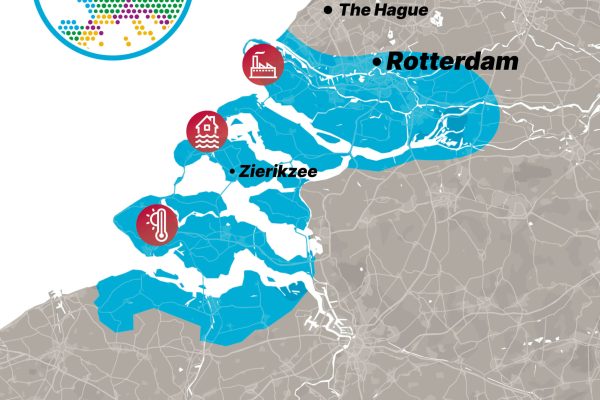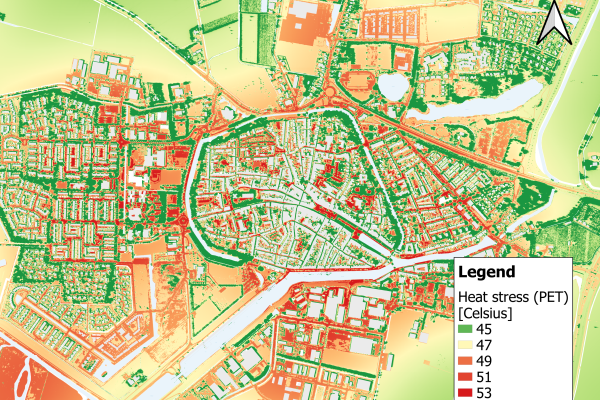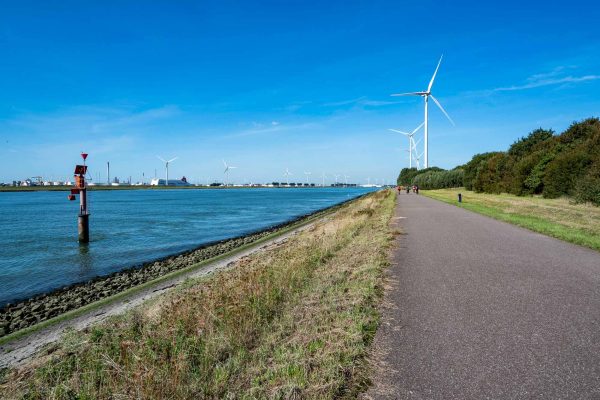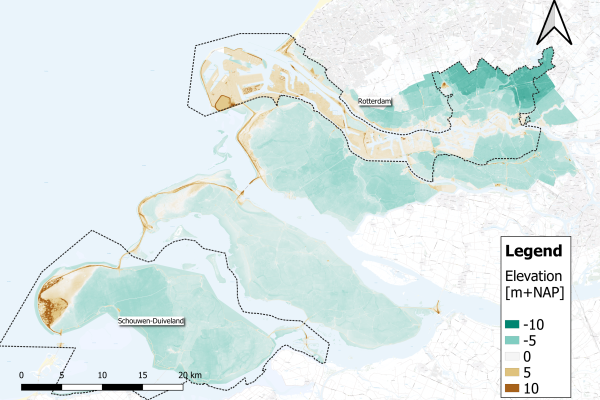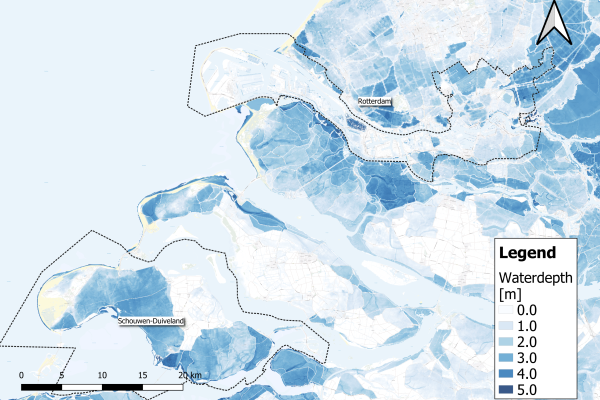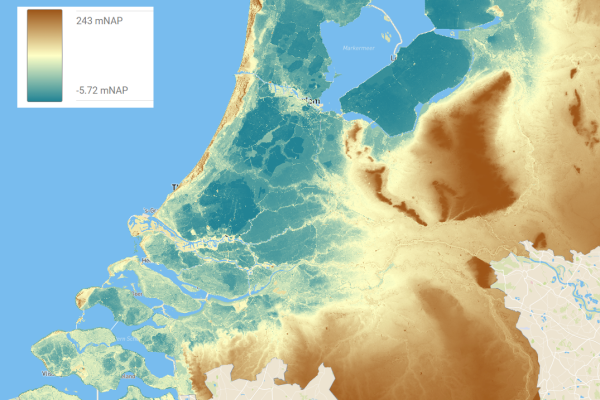The IMPETUS project continues to provide a regional perspective to Climate Change adaptation planning in a systemic implementation approach by analysing challenges and solutions for municipalities and sectors in Zemgale Region. Co-creation with stakeholders from an early stage of planning is crucial to achieve acceptance of measures.
About Zemgale Region
Covering 16.6% of Latvia’s territory, the Zemgale Region is centrally located within the country and comprises five municipalities
The lowland landscape of the Zemgale Region is characterized by flat terrain and a dense river network, presenting a high risk of flooding from various sources such as snowmelts, heavy precipitation, and hydrotechnical infrastructure. Flood events pose significant risks to society, settlements, and infrastructure due to the rapid rise in water levels.
The region’s fertile soils have facilitated the development of intensive agriculture, with large-scale farming occupying approximately 40% of the area. Agricultural activities predominantly focus on crop cultivation, leading to a reduction in meadows and pastures over the past decade, thereby exerting pressure on grassland habitats and biodiversity.
Engaging Stakeholders through Co-Creation
A diverse array of stakeholders from the national, regional, and local levels actively participate in stakeholder workshops organized under the IMPETUS project. Various methodologies are employed to ensure the inclusion of all stakeholders’ voices and foster interaction among participants.
During the initial brainstorming phase, stakeholders engaged in an online collaborative whiteboarding session using the Miro platform. This allowed participants to generate and categorize ideas using digital sticky notes, identifying the needs for enhancing climate resilience in both the public and private sectors within the region. Additionally, an asynchronous survey tool, Mentimeter, facilitated real-time feedback from participants on the desired societal and business impacts of climate change adaptation activities.
In face-to-face meetings, paper sticky notes were utilized to enable participants to highlight key areas and suggest actionable directions for climate change adaptation. Stakeholders then employed sticky dots (votes) to prioritize climate change impacts on various sectors, such as agriculture, forestry, biodiversity, infrastructure, and public health, as well as the capacity of municipalities to enhance resilience.
Small group discussions, structured in progressive conversational “rounds” akin to the World Café setting, were conducted to identify strategic, practical, and informative measures that municipalities could implement to mitigate the impacts of extreme temperatures, precipitation, and wind resulting from climate change.
Towards validation of planned adaptation measures
The application of diverse stakeholder engagement methods has ensured sustained interest and active participation in collective visioning and priority setting for the Zemgale Regional Climate Change Adaptation Plan. Further participatory stakeholder involvement is planned to validate adaptation measures, focusing on flood prevention and emerging challenges such as extreme winds, heat waves, and local droughts. Discussions on priority areas and activities will continue on May 28, 2024.
